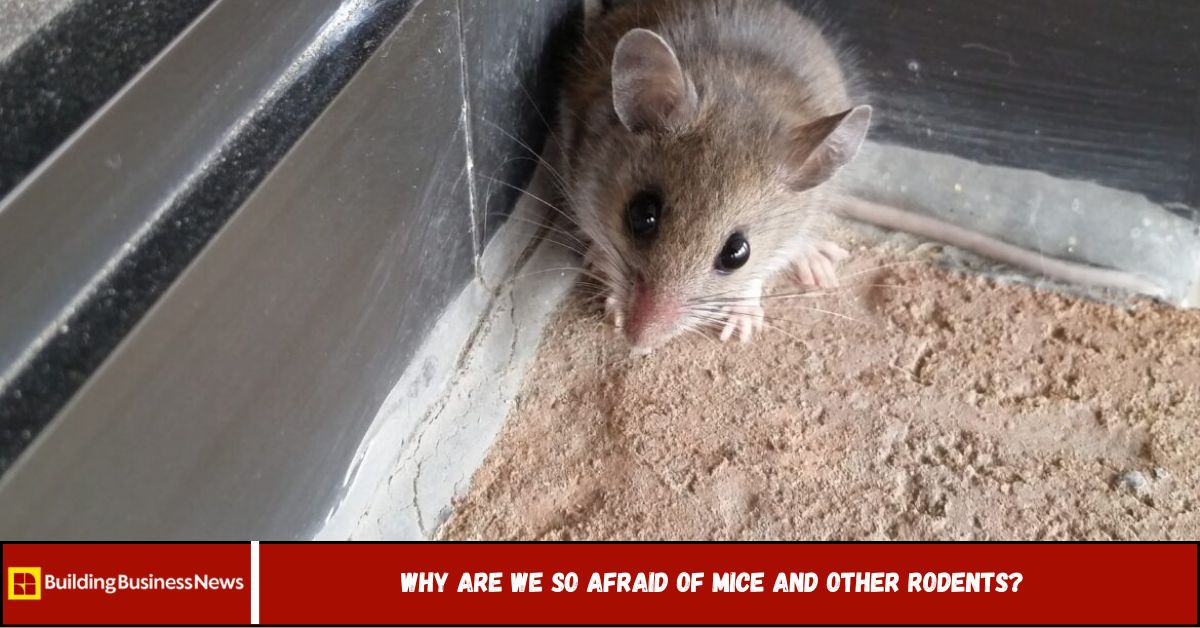Why Are We So Afraid of Mice and Other Rodents?
Fear of mice and rodents is common worldwide, driven by evolutionary, psychological, and cultural factors. This article explores key reasons behind this fear, backed by recent research, and offers practical tips for managing it
Have you ever found yourself startled or uneasy at the sight of a mouse darting across a room? Why do such small creatures evoke such strong fear and disgust in so many people? This article explores the reasons behind our fear of mice and other rodents. From ancient survival instincts to modern-day cultural influences, we’ll uncover the biological and psychological roots of this fear and explain how it affects behavior today. Whether it’s a mild discomfort or a full-blown phobia, understanding these factors can help you better manage your reactions.
Although humans are much larger than mice and other small rodents, many of us experience an instinctive fear of these tiny creatures. But what exactly is musophobia, and where does this fear originate?
Back in 2011, my husband and I moved into our first home—a quaint beach shack on stilts just a few blocks from the shore in South Carolina. The only downside? The constant presence of marsh rats scurrying across the basement floor at all hours. Their twitching whiskers and sharp front teeth, along with their long, furless tails, still send chills down my spine to this day.
No matter how calm you think you are, the sudden sight of a mouse or rat darting across a room often triggers an involuntary scream. But why does this happen? In this article, we’ll explore whether musophobia is hardwired into our DNA or if it’s a fear we learn over time.
1. Evolutionary Survival Instincts Behind Rodent Fear
Humans have evolved to quickly identify and avoid potential threats. Rodents have long been linked with:
- Disease transmission: Historically, rats and mice spread illnesses such as the plague.
- Food contamination: Rodents can spoil or steal food supplies vital for survival.
- Unpredictable movement: Their sudden, erratic movements can trigger a natural startle response.
These factors shaped an instinctive wariness toward rodents that persists today.
2. The Brain’s Role: Fear and Anxiety Responses
The amygdala, the brain’s fear center, processes stimuli that might signal danger. Research shows:
- Rodents often activate heightened fear responses due to their appearance and quick movements.
- Fear reactions to rodents can be both learned and biologically ingrained.
- Visual and auditory cues from rodents trigger automatic protective behaviors.
3. Cultural Influences Amplify Fear of Rodents
Cultural beliefs and media shape perceptions of rodents. Common cultural factors include:
- Associations of rodents with dirt, disease, and decay.
- Folklore and stories portraying rats and mice as villains or omens.
- Childhood learning from parents and social environment reinforcing fear.
4. When Fear Becomes Phobia: Musophobia Explained
Some people experience musophobia, an intense, irrational fear of mice or rats. Symptoms may include:
- Panic attacks
- Avoidance of places where rodents might appear
- Significant distress impacting daily life
Professional treatment such as cognitive-behavioral therapy (CBT) can help overcome this phobia.
5. Practical Tips to Manage Fear of Mice and Rodents
If fear of rodents causes stress, try these strategies:
- Educate yourself about rodents to reduce the fear of the unknown.
- Gradual exposure therapy helps desensitize fear responses over time.
- Relaxation techniques like deep breathing can control anxiety during encounters.
- Maintain clean living spaces to reduce rodent presence.
6. Understanding Rodents’ Ecological Importance
Despite fears, rodents play vital roles in ecosystems:
- They aid in seed dispersal and soil aeration.
- They serve as prey for many predators, supporting biodiversity.
- Their presence can indicate environmental changes.
Recognizing these benefits can help shift negative attitudes.
Conclusion:
Fear of mice and other rodents stems from a complex mix of evolutionary instincts, brain function, and cultural influences. While often protective, this fear can escalate into phobia, disrupting daily life. Understanding these factors and using practical coping methods can help manage and reduce fear. Appreciating rodents’ ecological roles also encourages a more balanced perspective.
Frequently Asked Questions (FAQs)
1. Why are mice so scary to some people?
Fear is rooted in survival instincts linked to disease risk and unpredictable movements.
2. Is fear of rodents inherited or learned?
Both—some fear is innate, but culture and experience strongly influence it.
3. What is musophobia?
Musophobia is an intense, irrational fear of mice or rats that can impair daily functioning.
4. Can children overcome fear of rodents?
Yes, with positive exposure and reassurance, many children outgrow this fear.
5. How can I reduce my fear of mice?
Education, gradual exposure, and relaxation techniques are effective ways to reduce fear.
6. Are all rodents dangerous?
No, many rodents are harmless and essential to healthy ecosystems.

